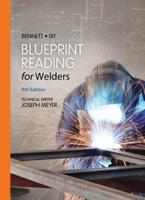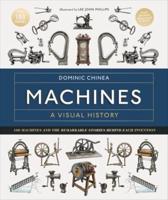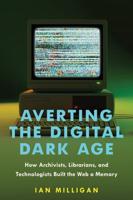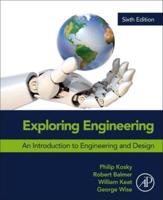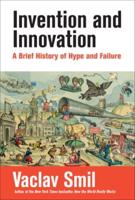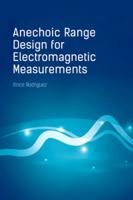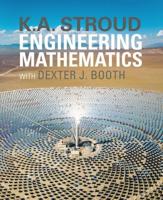Publisher's Synopsis
Excerpt from Harvard Engineering Journal, Vol. 7: A Quarterly Devoted to the Interests of Engineering and Architecture of Harvard University; April 1909
The sulphur in coal can also be determined from a bomb calorimeter test avoiding the more troublesome Eschka method. To accomplish this, a few grams of water are put in the bomb before making the combustion, and then after the combustion the bomb is washed out eight to twelve times, using about 25 cc. Of water each time. The washings are acidified with hydro chloric acid, and the sulphur precipitated by barium chloride and weighed as barium sulphate. The two methods of deter mining the sulphur give results which agree very satisfactorily.
Summary. The analysis of coal may be either proximate or ultimate. The former suffices for ordinary purposes; the latter is necessary for certain calculations of heat losses and efficiencies and for other purposes. A close approximation to the ultimate analysis can be obtained (avoiding the troublesome and costly process of actually making the analysis) by deter mining the hydrogen and nitrogen from the proximate analysis; the carbon and sulphur from the products of combustion remain ing in the bomb calorimeter; and the oxygen by difference.
About the Publisher
Forgotten Books publishes hundreds of thousands of rare and classic books. Find more at www.forgottenbooks.com
This book is a reproduction of an important historical work. Forgotten Books uses state-of-the-art technology to digitally reconstruct the work, preserving the original format whilst repairing imperfections present in the aged copy. In rare cases, an imperfection in the original, such as a blemish or missing page, may be replicated in our edition. We do, however, repair the vast majority of imperfections successfully; any imperfections that remain are intentionally left to preserve the state of such historical works.


